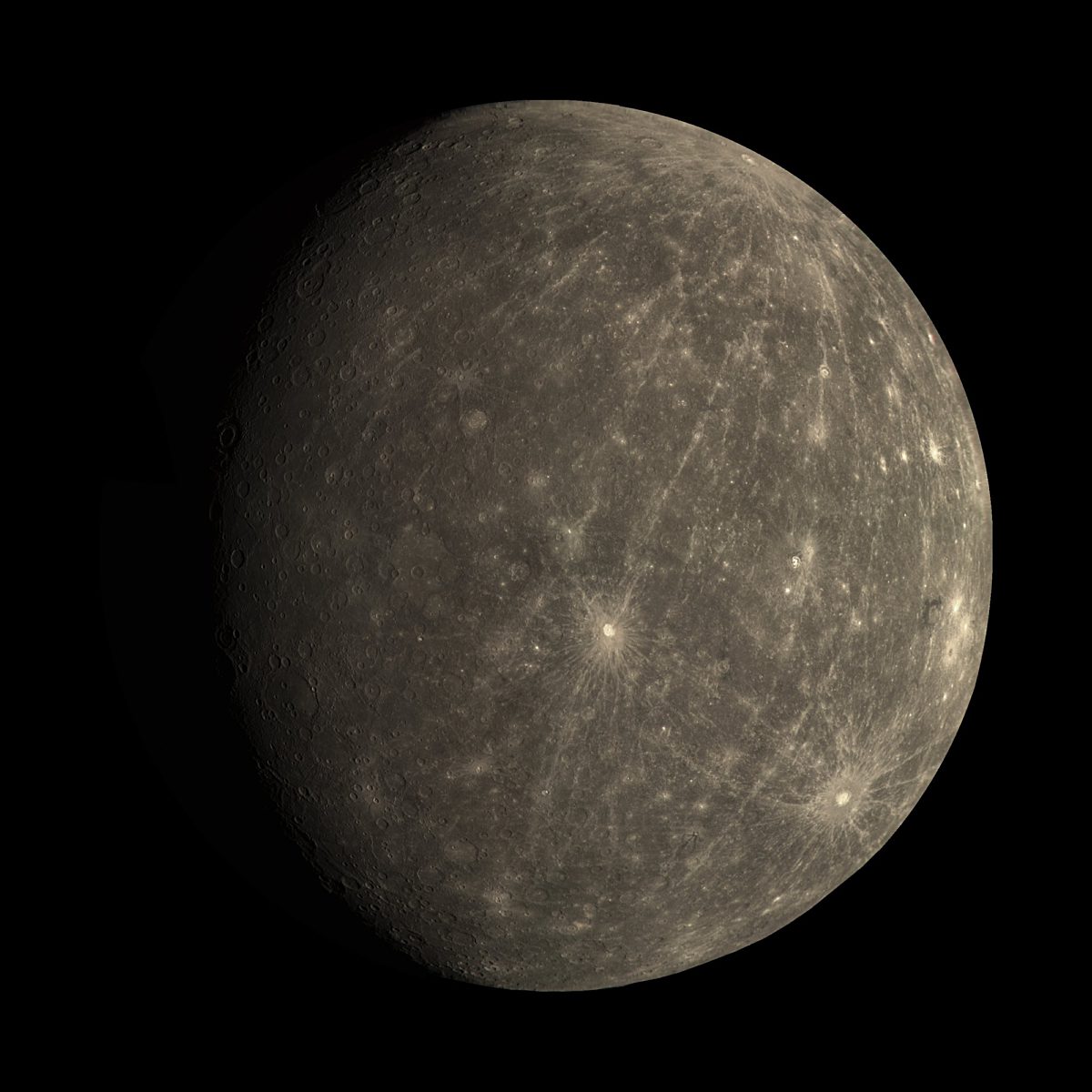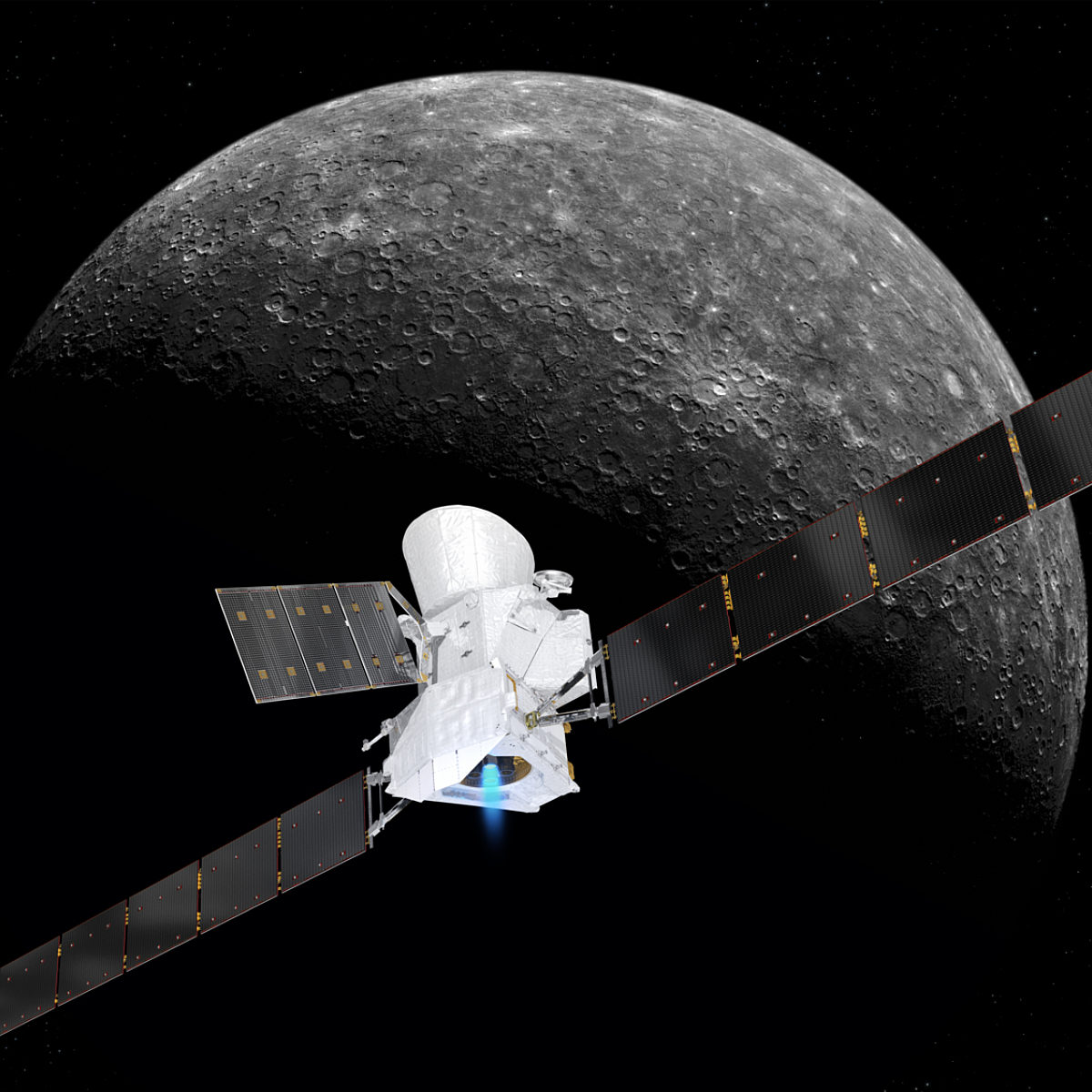Every mission to Mercury ever
Only two spacecraft have ever visited Mercury, and a third is on the way.
It actually takes more energy for a spacecraft to reach Mercury than Pluto. Mercury is the fastest-orbiting planet in our solar system — it blazes around the Sun at 48 kilometers per second (30 miles per second). Missions trying to enter orbit there typically fly past Earth, Venus, and/or Mercury itself, using gravitational nudges to adjust their trajectories.
Mercury, world of extremes
Mercury can teach us how planets form and what the early solar system was like when life arose on Earth.
Active Missions
BepiColombo, studying how Mercury formed
Europe and Japan’s first Mercury mission will study how the planet formed.
Past Missions
MESSENGER
Launch: 3 August 2004
Flyby 1: 14 January 2008
Flyby 2: 6 October 6 2008
Flyby 3: 29 September 2009
Orbit: 17 March 2011NASA's MESSENGER (MErcury Surface, Space ENvironment, GEochemistry, and Ranging) was the first spacecraft to orbit Mercury. MESSENGER gave us a more complete picture of the planet than ever before. The spacecraft revealed Mercury to have an unusually large core and an offset magnetic field. MESSENGER also found the planet to be surprisingly rich in volatiles, elements that evaporate at room temperature, including finding ample evidence of water ice on Mercury’s poles. This helped scientists rule out many of its previously suggested formation models while also advancing our knowledge of how the solar system formed and evolved.
Mariner 10
Launch: 3 November 1973
Flyby 1: 29 March 1974
Flyby 2: 21 September 1974
Flyby 3: 16 March 1975In the 1970s, NASA’s Mariner 10 made 3 flybys of Mercury, seeing the same side each time and revealing its crater-ridden surface and magnetic field.


 Explore Worlds
Explore Worlds Find Life
Find Life Defend Earth
Defend Earth



